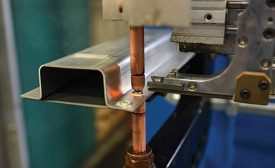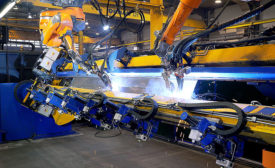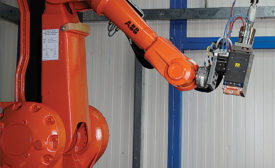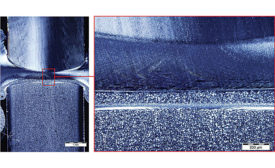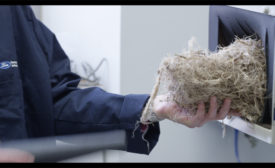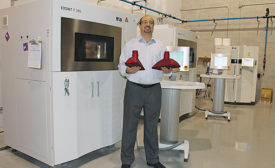Plastics & Metal Welding Assembly
A new joining method for sheet metal combines traditional riveting with resistance spot welding.
Read More
New Technology for Robotic Welding
A new generation of robots is helping assem-blers weld parts better, faster and more cost-effectively.
September 8, 2016
Welding Incompatible Thermoplastics
Incompatible thermoplastic polymers can be welded by using polymer blends that are compatible with both components.
September 8, 2016
Additive Manufacturing and End Of Arm Tooling
Innovative 3D-printed end-of-arm tooling enables systems integrator to lighten the load on a robotic packaging line.
July 1, 2016
Never miss the latest news and trends driving the manufacturing industry
Stay in the know on the latest assembly trends.
JOIN TODAY!Copyright ©2024. All Rights Reserved BNP Media.
Design, CMS, Hosting & Web Development :: ePublishing
